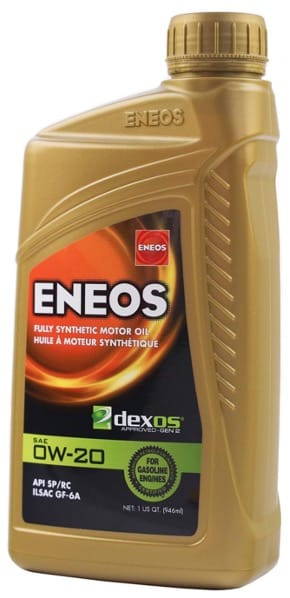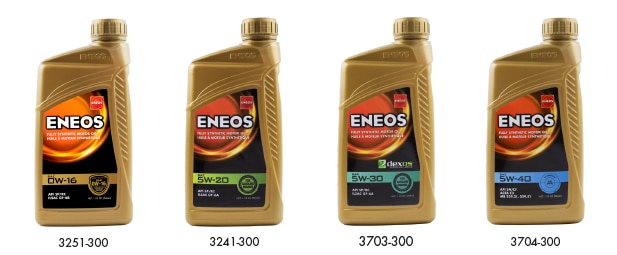In the days of full service gas stations, attendants would check oil levels at every fill up and advise as to whether your engine needed oil. Now the responsibility falls on us to check our oil level at regular intervals, which many of us don’t do.
When we’re not consistently checking oil—recommended every 1,000 miles or so—we may not notice a loss until it is significant. With newer cars, and no obvious leakage, the phenomenon of engines “consuming” quantities of oil, or burning it off as they operate, has become a growing concern for car owners.
Although it was normal for engines to consume oil especially as they aged, oil consumption issues improved over time and generally were gone by the early 2000’s. Oil consumption issues began to resurface as fuel economy standards have become more stringent. Manufacturers began making trade-offs in engine design that improved fuel efficiency, but in some cases had a negative effect on oil consumption. Compounding this issue, each manufacturer decides what is an acceptable level of oil consumption for their vehicles.



